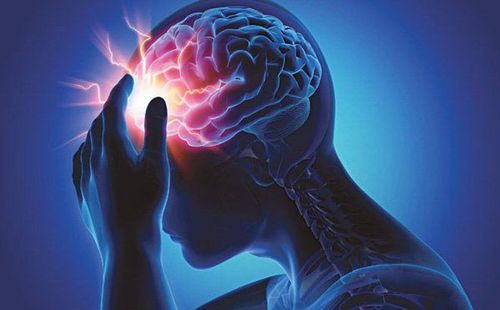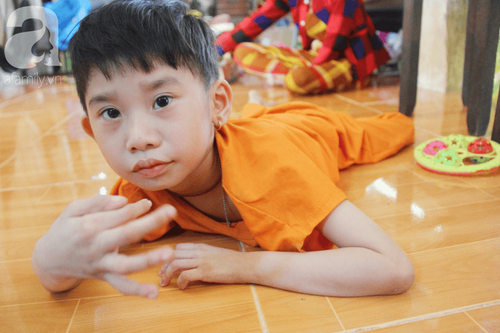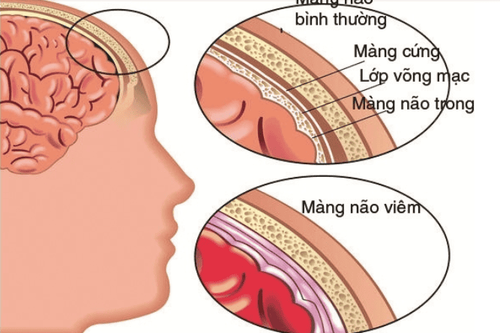This is an automatically translated article.
Congenital cerebral palsy is a brain lesion that occurs in about 2/1,000 births, accounting for about 30-40% of all children with disabilities. Cerebral palsy in newborns is more common in boys than girls, occurring in the prenatal period, during birth, after birth to 5 years of age. Cerebral palsy is manifested by abnormalities in body movement and posture.
1. Risk factors associated with infantile cerebral palsy
Before learning how to recognize cerebral palsy, we need to distinguish children from the following 3 groups:
Children with risk factors before birth Children with risk factors at birth Children with the following risk factors born
1.1. Prenatal risk factors
Maternal diseases: Mother had previous miscarriage, birth defects, pregnancy poisoning, mental retardation, mother exposed to chemicals - pesticides, viral infection in the first 3 months of pregnancy, trauma, Using drugs during pregnancy, mothers with thyroid disease, gestational diabetes ... are at risk of giving birth to children with cerebral palsy. Diseases of the child: The fetus has chromosomal disorders, brain defects, placenta previa, abnormal fetal position.1.2. Risk factors in childbirth
Premature birth (less than 37 weeks) Low birth weight (under 2,500g) Asphyxia or cerebral hypoxia at birth: Babies born without crying right away, pale or pale, need emergency care. Obstetric intervention: Using forceps, suction, and delivery. Neonatal kernicterus: Infants with neonatal jaundice right from the 2nd day after birth, dark yellow is not monitored and treated promptly, may appear aborted, cyanotic and extensor limb (signs of injury). Brain).
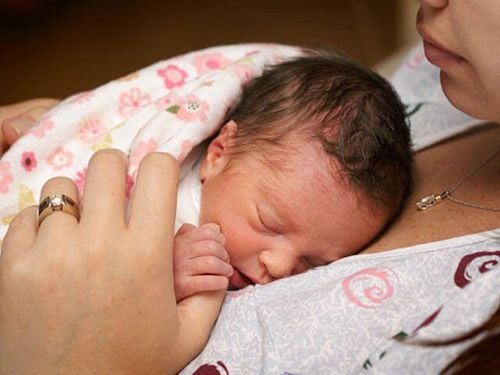
Sinh non là một yếu tố làm tăng nguy cơ bại não ở trẻ
1.3. Postpartum risk factors
Cerebral hemorrhage - neonatal meninges. Nervous infections: Encephalitis, meningitis. Brain hypoxia due to severe respiratory failure: severe respiratory failure requiring oxygen, mechanical ventilation. Traumatic brain injury due to falls, accidents, beatings. Other causes of brain damage: Convulsions due to high fever alone, diarrhea, severe dehydration...2. Early diagnosis of cerebral palsy at 6 months old
A child has cerebral palsy when one or more of the above risk factors is present and, at 6 months of age, the child has the following signs:
Four main signs of congenital cerebral palsy The child has spasticity and/and legs stiffly when placing the child to stand. The child has no head and neck control and/and does not know how to roll and/and is lying on his stomach unable to raise his head. Children's hands are always clenched. Two hands the child does not know how to reach to hold objects. Four sub-signs The child does not recognize the mother's face. Children have difficulty eating. Does not respond to calls. Crying a lot day and night after giving birth. Some other signs Babies are soft after birth. Children do not follow objects. Don't turn your head to the sound. The child has a convulsion. When a child has risk factors accompanied by signs of cerebral palsy in infants mentioned above, parents need to take their child to a pediatrician, neurologist, and rehabilitation doctor immediately for a definitive diagnosis of cerebral palsy. Brain.
3. Types of cerebral palsy
Children with cerebral palsy may fall into one of the following clinical categories: Spastic cerebral palsy; Cerebral palsy can dance; Cerebral palsy ataxia; Cerebral Palsy; Combined cerebral palsy.
Cerebral palsy is a complex disease with many causes, diverse disease forms, and difficult treatment. Understanding the causes of diseases helps us to take proactive preventive measures, and at the same time, early detection and timely intervention.
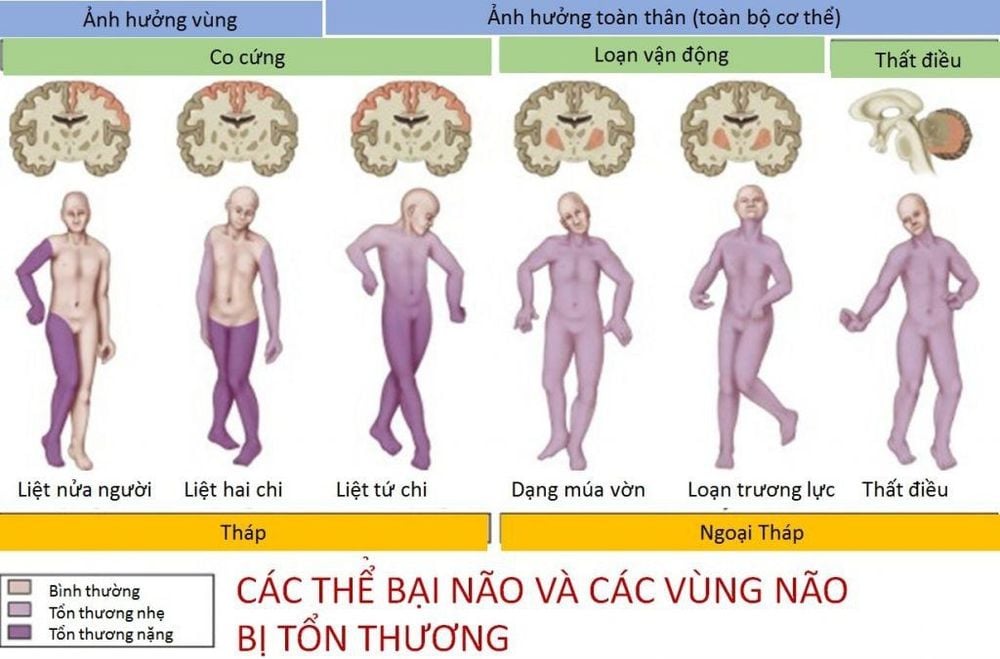
Các thể bại não
Stem cell therapy is a very new method of treating cerebral palsy in the world. Stem cells are extracted from peripheral blood in a sterile environment. Then, it is transferred into the patient's body through the spinal cord. Stem cells will follow the circulation of cerebrospinal fluid to the brain. Here, stem cells help to proliferate blood vessels, form substances with anti-inflammatory functions, and at the same time stimulate neural stem cells in the area of differentiation and proliferation. Stem cells transplanted into the body also have better neurotransmitter effects. Thereby restoring the damaged brain area.
Prof. Dr. Nguyen Thanh Liem, Director of the Institute of Stem Cell Research and Gene Technology - Vinmec International General Hospital is the person who directly researched and successfully applied stem cell therapy in the treatment of cerebral palsy in Vietnam. . Depending on the type of cerebral palsy, 70-80% of patients after transplantation have improved motor function, significantly reduced muscle tone, increased muscle strength, better coordination in activities, increased sensitivity. appetite and weight gain, improved concentration skills, better memory.
Vinmec International General Hospital has applied stem cell method to successfully treat many cases of cerebral palsy that seemed hopeless. The whole process of stem cell transplantation for cerebral palsy at Vinmec is performed very closely, ensuring safety in accordance with international standards. All surgeries are performed by leading experts and doctors with modern machinery and medical equipment. In addition, Vinmec has also developed a standard transplant procedure so that it can share experiences with colleagues, creating more opportunities for treatment for children with cerebral palsy across the country.
Please dial HOTLINE for more information or register for an appointment HERE. Download MyVinmec app to make appointments faster and to manage your bookings easily.




